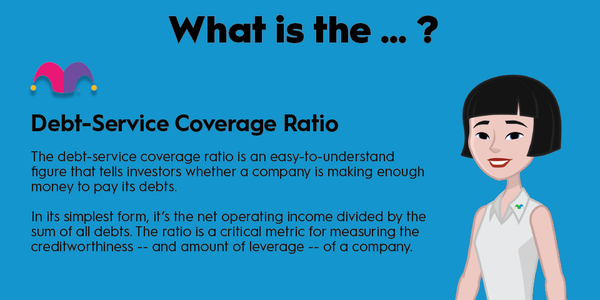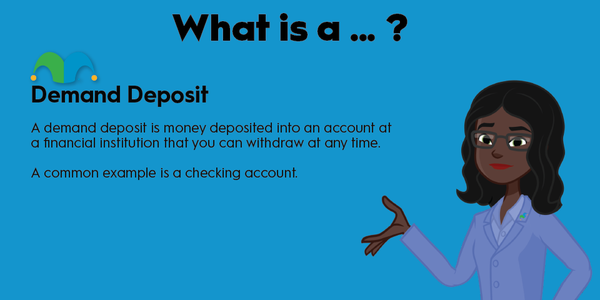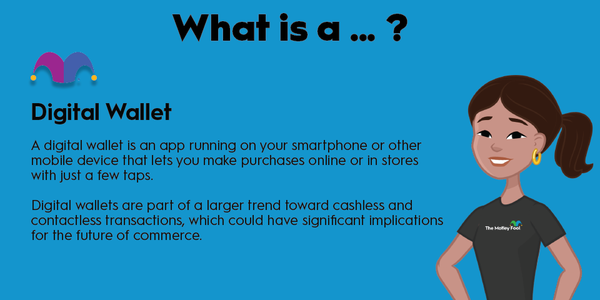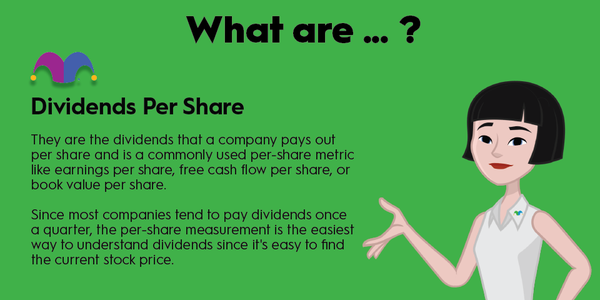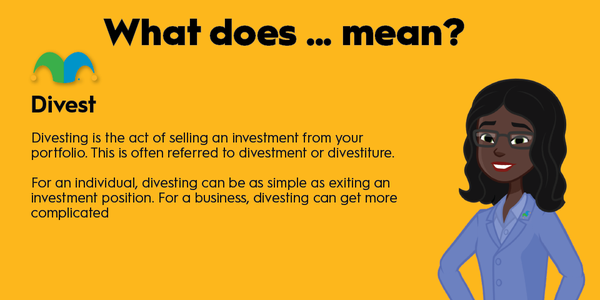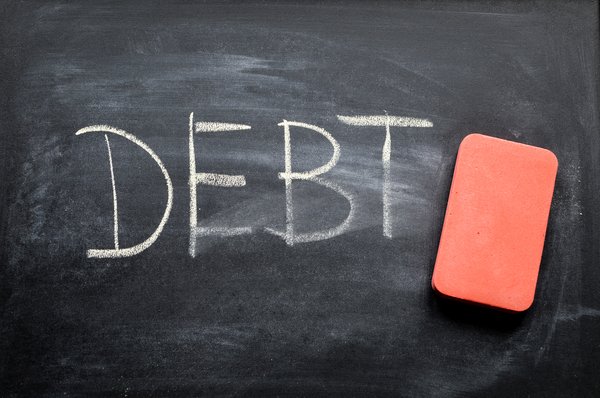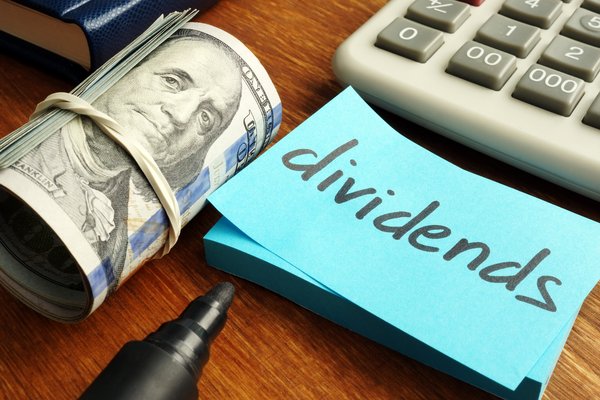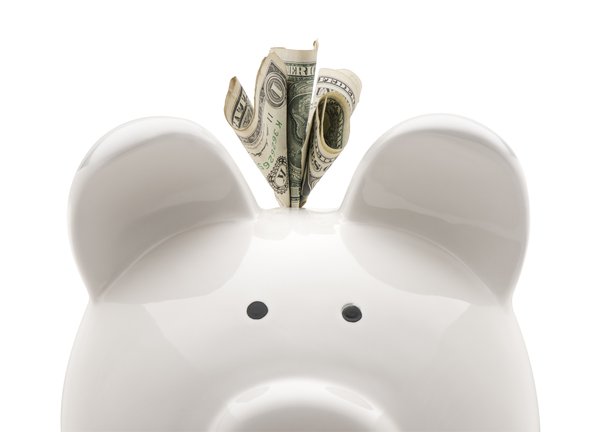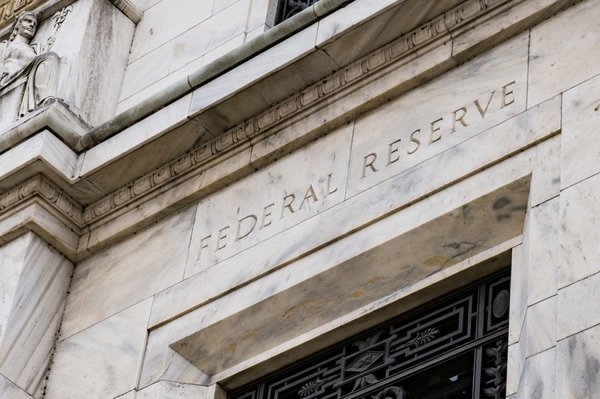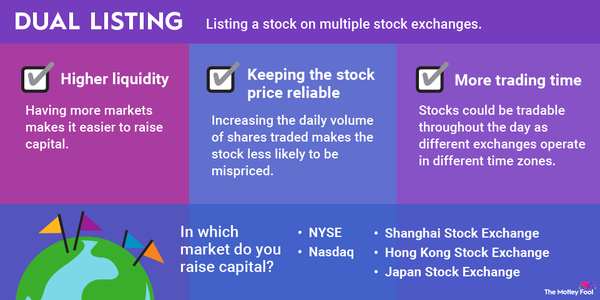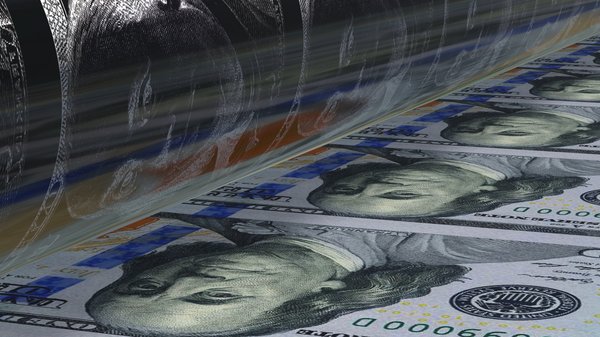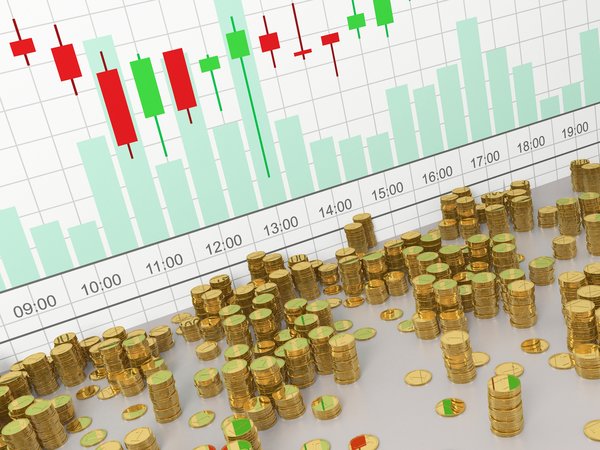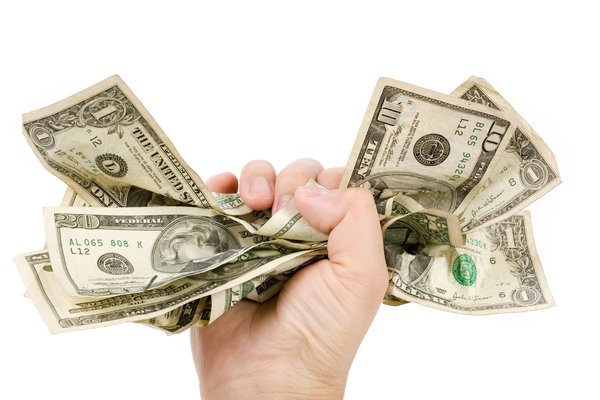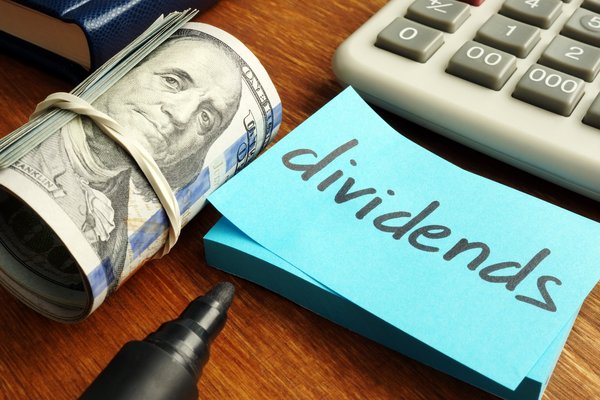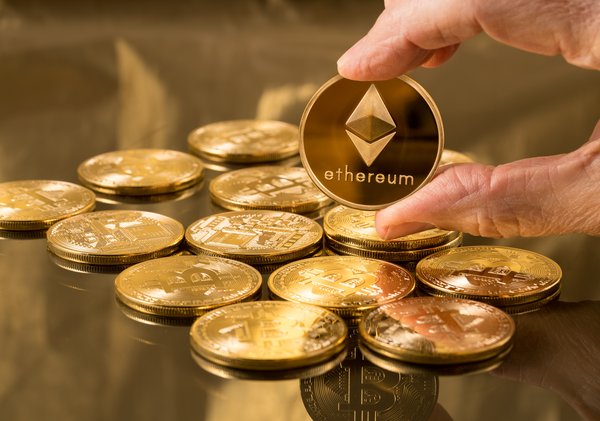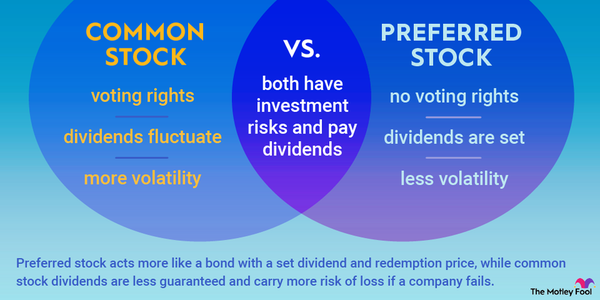If you're a stock investor, you've almost certainly come across stocks that offer dividends -- and the opportunity to participate in a dividend reinvestment plan (DRIP). These plans allow investors to keep building their portfolios automatically every time a dividend is issued.
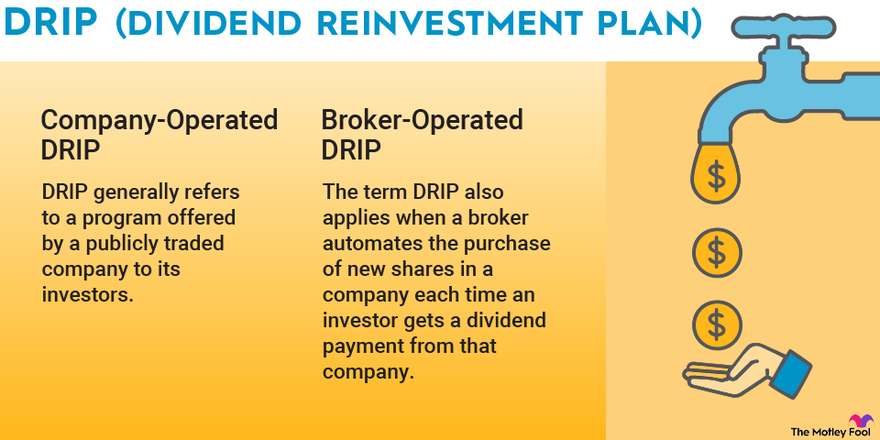
DRIPs explained
What is a dividend reinvestment plan?
A dividend reinvestment plan allows investors to automatically buy more shares of a particular stock without having to place a new order or watch their portfolios for new dividends to hit. These are often formal plans offered by publicly traded companies to shareholders, but many brokerages also offer DRIP plans.
Shareholder
This is a great opportunity for investors who tend to be more hands-off to continue growing their portfolios without taking anything from them or even looking at them. The system automatically buys more stock in the company that generated a dividend, allowing you to simply check your allocations a few times a year to make sure you're happy with your portfolio composition.
Why use a DRIP?
Why use a dividend reinvestment plan?
A DRIP plan makes a lot of sense for investors who are largely hands-off. They provide many psychological benefits, including:
Making it easy to keep investing. If you never see the money, is it even real at all? Maybe not -- you certainly aren't taking your dividends and spending them on anything short of your own portfolio if you're just reinvesting them.
Preventing panic selling. The less you look at your portfolio, the less likely you are to panic and sell when times are rough. This can happen even if you have a high conviction in a stock because the market sometimes just looks terrifying. By using a DRIP, you don't see your portfolio as often, so you won't be scared by sudden downturns.
Basking in the glow of compound growth. By not taking your dividends, you're instead allowing them to return to the source as another fractional or whole share of stock, which will then receive its own dividends the next time around. This compound growth is a dramatic and significant way to add plenty of value to your portfolio without doing anything.
Example DRIP
Example of how a DRIP works
A DRIP is a very simple program, no matter who is offering it. First, you purchase a stock in a company you believe in as a long-term asset. Next, when that company issues its dividends, the money will be automatically used to buy more shares of its stock.
So, if you bought XYZ, Inc. for $5,000 and got $250 in dividends (5%) at the end of the first quarter, you'd have $5,250 in XYZ, Inc. When the second quarter rolls around, if the dividend is unchanged (still 5%), you'll get $262.50 more to add in, making your value $5,512.50 at the end of the second quarter.
As long as the dividend continues to be paid, the amount continues to grow. This is why so many investors like real estate investment trusts, for example -- they always pay dividends.
Related investing topics
Why DRIPs matter
Why dividend reinvestment plans matter to investors
Dividend reinvestment plans should play an important role for investors with long-term mindsets simply because of the power of compounding. By utilizing DRIPs with companies you have very strong convictions in and plan to hold for a while, you're increasing your investment dramatically each time a dividend is offered.
The growth of the value of a stock is nice. But it's extra nice when, by the time you plan to sell, you have a lot more than you started with without doing anything at all. (Note: How much more depends on your dividend yield and how long you hold.) This is how millionaires are made -- one DRIP at a time.



